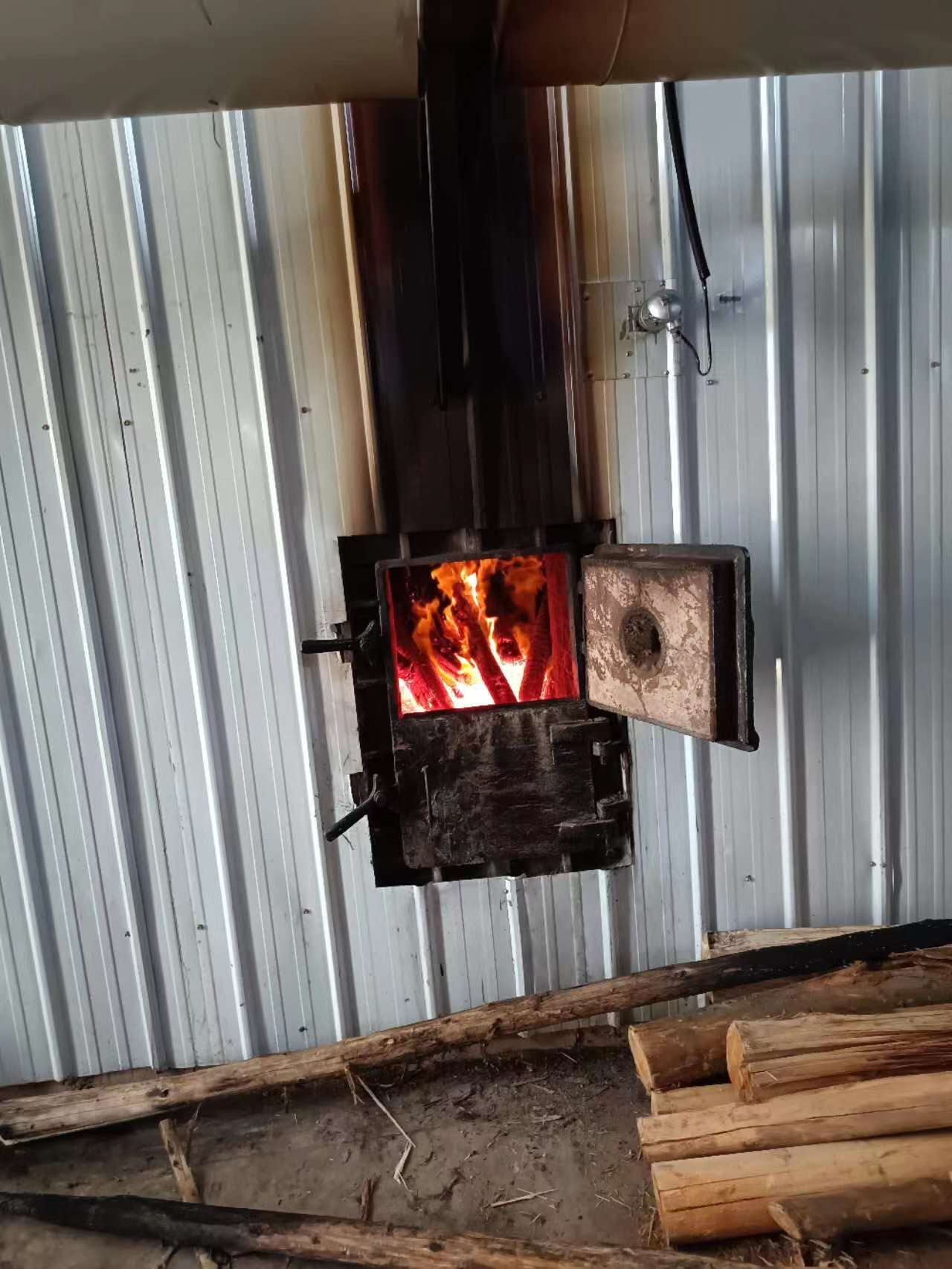Coal-fired hot blast stove is a device that uses coal as fuel to generate high-temperature hot air. Its working principle is to heat the fuel coal to a high temperature, make it burn to release heat energy, and at the same time use the fan to send air into the furnace, and fully mix with the burning coal to generate high-temperature hot air, which is used in industrial production and other fields.
The main structure of coal-fired hot blast stove includes combustion chamber, fan, heat exchanger and other parts. In the combustion chamber, coal is burned to produce high-temperature gas, and the fan sends air into the combustion chamber to fully mix with the gas to make the gas burn more fully and stably. The high-temperature hot air generated is further heated by the heat exchanger and then output for use in the production process Heating, drying and other links.
Compared with other hot blast stoves, coal-fired hot blast stoves have the following advantages:
First of all, the cost of burning coal is relatively low, and coal resources are relatively extensive, which can meet the needs of industrial production.
Secondly, the outlet air temperature of the coal-fired hot blast stove is stable and easy to adjust, which can meet the needs of different production processes.
Thirdly, the control system of the coal-fired hot blast stove is relatively intelligent, which can automatically control the supply of fuel and the adjustment of air volume, etc., which improves production efficiency and reduces operating costs.
However, coal-fired hot blast stoves also have some disadvantages. For example, soot emissions have a relatively large environmental pollution, and coal mining and transportation have serious impacts on the environment. Therefore, it is necessary to strictly abide by environmental protection standards during use and strengthen Emission governance and control.
In general, coal-fired hot blast stoves have important application value in industrial production, but they also need to pay attention to environmental protection, safety and other issues during use, strengthen control and governance, and achieve sustainable development.




